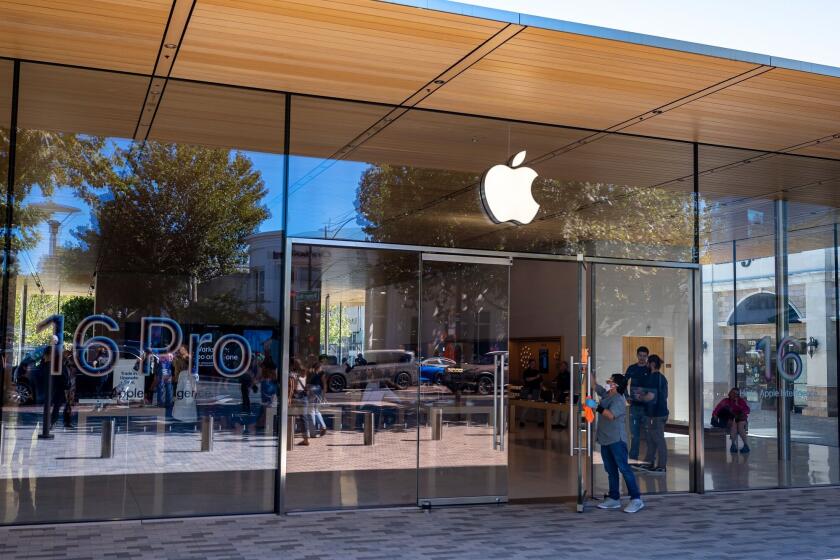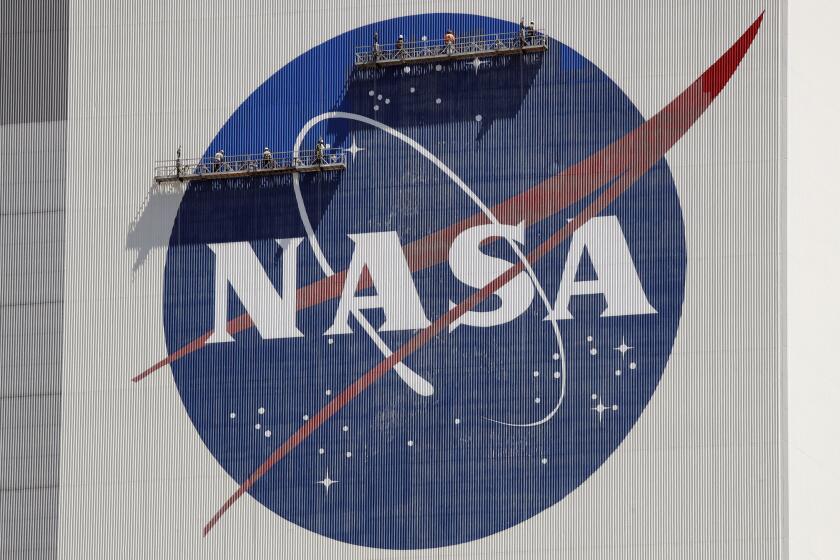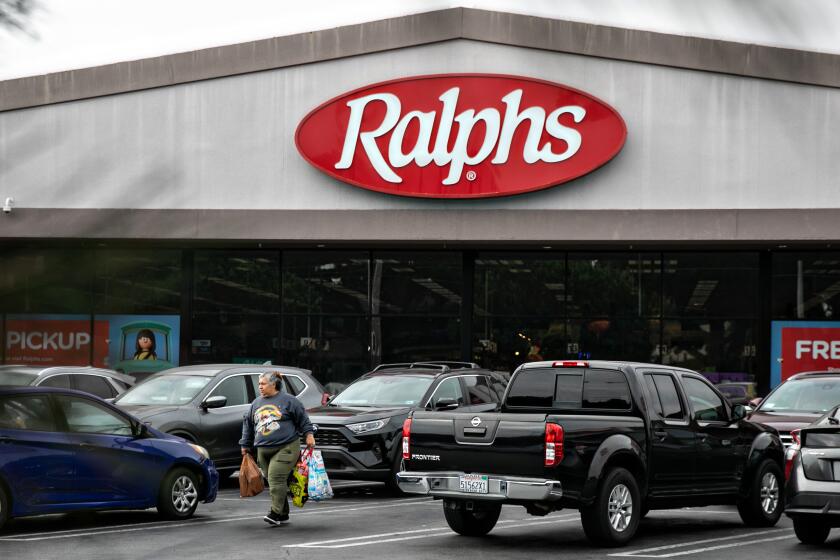Hard to Get Around It: Winnebago Is on a Roll
- Share via
That boxy Winnebago motor home you pass during this summer’s vacation might be just lumbering along, but keep this in mind: The stock of Winnebago Industries Inc. is moving like a rocket.
The shares have soared 86% over the last 12 months--and have bested industry peers and the broader stock market for two years running--amid a surge in Winnebago’s earnings and a major upswing in the $12-billion recreational-vehicle industry overall.
Winnebago, which has helped its cause by redesigning most of its RVs, said Tuesday that it kept rolling along in the three months ended May 29. Its fiscal third-quarter profit doubled from a year earlier, to $14.6 million, on a 27% gain in sales to $192 million. And its backlog of orders stands at 2,229 vehicles, up a sizzling 170% from a year earlier.
The results were announced after financial markets closed. Earlier, Winnebago’s shares edged up another 13 cents a share, to $20.63, in New York Stock Exchange composite trading.
To be sure, the stock has taken its lumps over the years because Winnebago and the RV industry have a history of wide swings depending on the economy, interest rates, gasoline prices and the buying power of its core audience of people age 50 and over.
But lately the industry has enjoyed a confluence of trends that have enabled Forest City, Iowa-based Winnebago to bounce back from its most recent slump, in 1996-97.
Consumer confidence in the economy is running high. So is the disposable income of retirees, fattened in good part by gains in the stock market and hence in their 401(k) and other retirement plans. Gas prices, meantime, are relatively low and so are lending costs--including those charged on motor home financing plans.
Then there’s the aging baby-boomer generation, which is being aggressively courted by Winnebago and its rivals, industry leader Fleetwood Enterprises Inc., based in Riverside; Thor Industries Inc.; and Coachmen Industries Inc.
Every seven seconds “someone in the U.S. is reaching the age of 50, increasing our prime target market by approximately 350,000 persons each month,” Winnebago Chairman Bruce Hertzke said in a telephone interview Tuesday.
All these trends have pumped up the RV industry, which in 1998 posted its best year in two decades with shipments of 292,700 units, up 15% from the prior year, according to the Recreational Vehicle Industry Assn.
Fleetwood’s RV group just posted its best year ever, with sales climbing 14% to $1.7 billion and operating earnings soaring 43% to $110 million in the company’s fiscal year ended April 25. But Fleetwood also is a major builder of manufactured housing, and problems there left the company’s recent earnings short of expectations, sending its shares sharply lower this year.
Winnebago, though, is outpacing the industry’s growth because Hertzke and his team also made strategic moves of their own. They dumped unrelated, lackluster divisions and then gave Winnebago’s core RV line a major face lift, with 75% of its fleet being redesigned or replaced with new models.
“They’ve certainly improved the product line,” which is now “one of the best out there,” said Thomas Emmel, an analyst at John Kinnard & Co., a regional brokerage in Minneapolis.
Many of the changes were simply aesthetic--such as giving the motor homes updated paint schemes or graphics--because an RV’s look is now a much bigger priority with buyers.
“Everything has moved to more of an upscale, more vibrant style of graphics,” Hertzke said. Although you can still find the old “flying W” on the bodies of some Winnebagos, “it was time for us to revamp our products,” he said.
Patrick Roskam, who sells RVs at Altmans Winnebago in Colton, said Winnebago’s decor had grown dull until the company came out with its new models. “The older age group typically doesn’t concern itself that much with exterior colors, but for the baby boomers, that is a concern,” Roskam said. “They want to find something that’s going to match their boat.”
Winnebago sells motor homes under the Winnebago, Rialta, Vectra, Itasca and Ultimate names, among others. Prices range from $45,000 to $250,000 for its most luxurious coaches, with most of the volume coming in the $60,000-to-$80,000 range.
Much of that price reflects what’s inside the RVs, of course, including the fancy kitchens, ultra-soft lounge chairs and other amenities. And look for Winnebago to stuff even more gadgetry into its RVs to further appeal to the baby boomers.
Hertzke, noting how the boomers are “generally more in touch with technology,” said recently that Winnebago RVs are now coming equipped with computer connections, satellite TV hookups and elaborate sound and video systems.
Winnebago’s stock price rally is all the more impressive because the company, with a relatively small market value of $458 million, does not have a wide following on Wall Street.
(BEGIN TEXT OF INFOBOX / INFOGRAPHIC)
Going Winnebago
New model designs and strong economic trends are lifting Winnebago Industries’ earnings and stock price. Monthly stock price closes and latest:
Tuesday: $20.63
Source: Bridge
More to Read
Inside the business of entertainment
The Wide Shot brings you news, analysis and insights on everything from streaming wars to production — and what it all means for the future.
You may occasionally receive promotional content from the Los Angeles Times.











